By using the formula (.-.)!!
What is a cylinder?A cylinder is a solid geometric figure with straight parallel sides and
a circular or oval section.
 As you can see a cylinder has two circles as a base, and the round body is actually a rectangle.
As you can see a cylinder has two circles as a base, and the round body is actually a rectangle.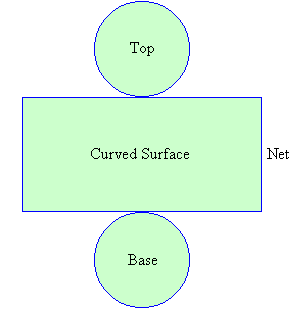
How can we solve for he surface area of a cylinder?
Onw way is by calculating the area of the bases which is (r squared times pii), and adding the area of the bases to the area of the rectangle which is length times width.
Example:

The radius is 6 inches. You have to multiply the radius to the square.
Which is 36 inches cubed. Then, multiply times pii,which going to be 113.09 inches squared.
Then, you add that to the area of the rectangle which is 300 inches squared because the height is 25 inches and the diameter gives you the width which is 12 inches because the diameter is twice the rdaius and the radius is 6 inches so 6 * 2 equals twelve. Finally, you add 300 inches squared with 113.09 squared, which gives you 413.09 inches cubed.
What is the formula?
The formula for the surface area is the following:
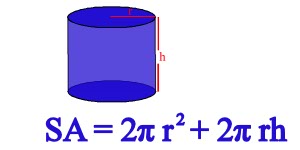
All you have to do is substitue the number with radius and you will get the surface area-.-
Example: The radius of a circle is equal to 7. And height equals to 15
SA= 2pii r squared + 2 pii r h.
SA=2 pii 7 squared +2 pii 7 *15
SA= 2 pii 49 +2 pii *105
SA= 98 pii + 210 pii
SA= 308 pii
SA= 967.61
Try it on your own!!
 What is the surface area for the given cylinder??
What is the surface area for the given cylinder??ALL PICTURES FROM GOOGLE.





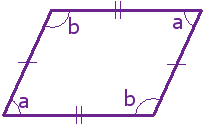 Equals to area of
Equals to area of 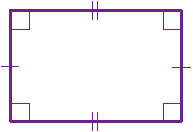

 \
\
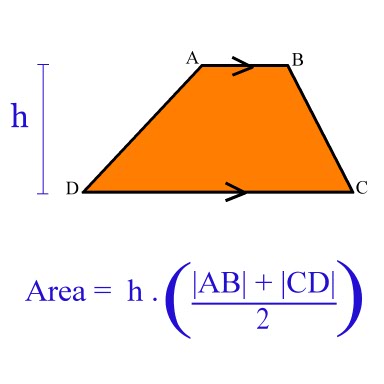
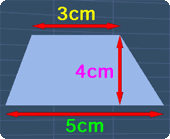
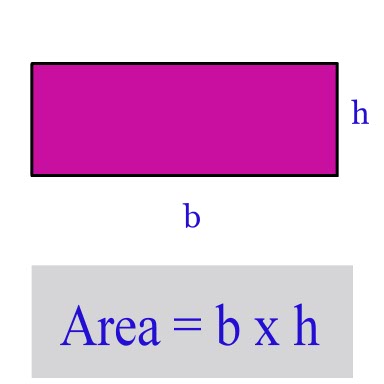

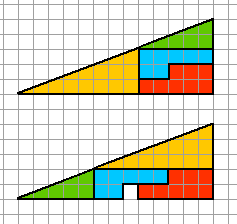
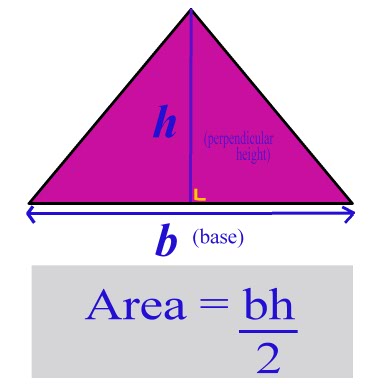






 This picture shows that all the points equidistant from two other points is a perpendiculsr bisector.
This picture shows that all the points equidistant from two other points is a perpendiculsr bisector.





